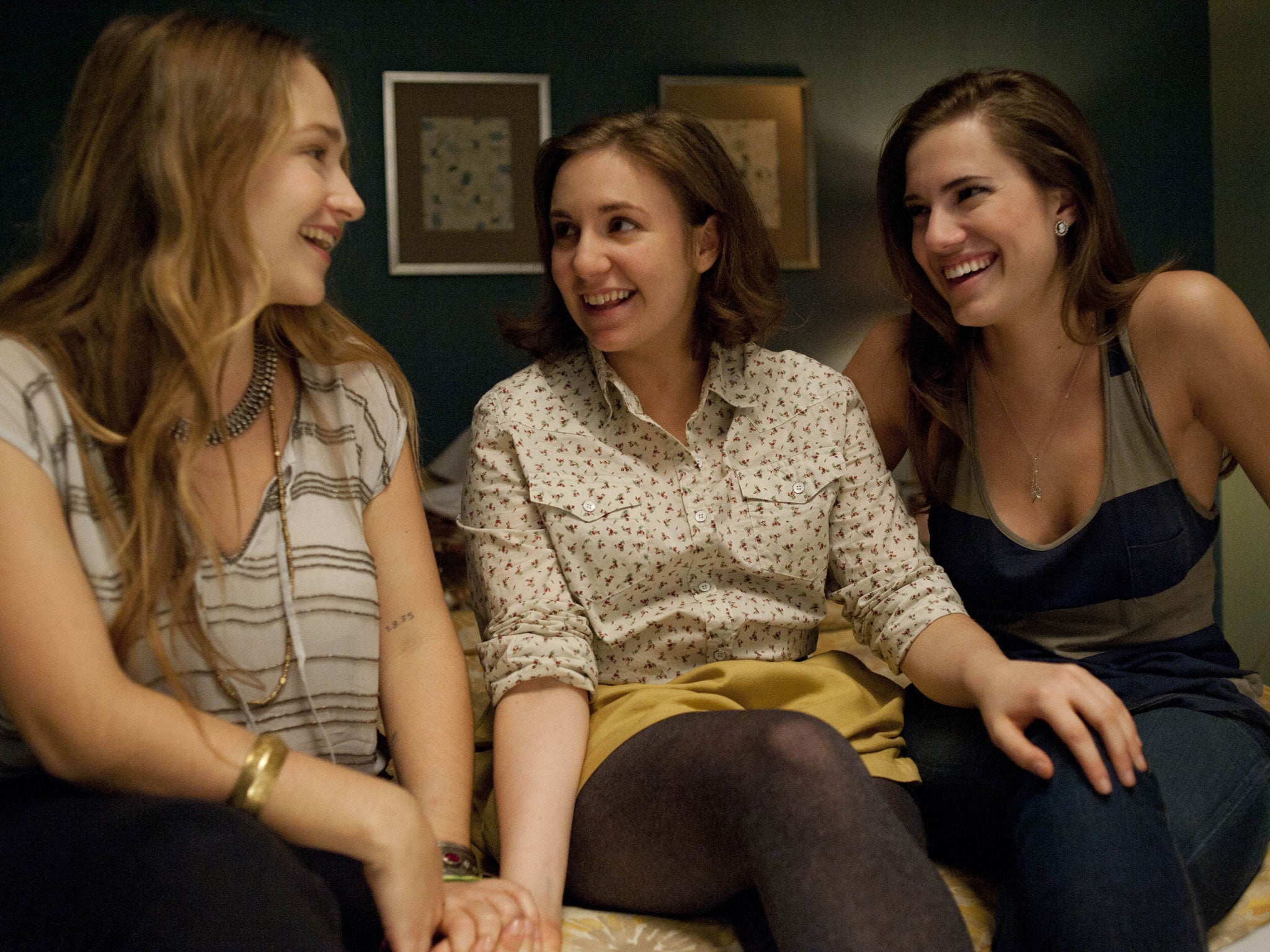From Young Adult to New Adult: Books for the inbetweeners
After the boom in Young Adult fiction, publishers are on the hunt for the next hit genre. Have they found it in the swearing and sex of New Adult fiction?

Your support helps us to tell the story
From reproductive rights to climate change to Big Tech, The Independent is on the ground when the story is developing. Whether it's investigating the financials of Elon Musk's pro-Trump PAC or producing our latest documentary, 'The A Word', which shines a light on the American women fighting for reproductive rights, we know how important it is to parse out the facts from the messaging.
At such a critical moment in US history, we need reporters on the ground. Your donation allows us to keep sending journalists to speak to both sides of the story.
The Independent is trusted by Americans across the entire political spectrum. And unlike many other quality news outlets, we choose not to lock Americans out of our reporting and analysis with paywalls. We believe quality journalism should be available to everyone, paid for by those who can afford it.
Your support makes all the difference.Does the book world need a new genre? The “Young Adult” demographic began in living memory and dealt with parents, teachers, good friends, treacherous friends, crushes, body-consciousness, social diseases, moral issues and lots of snogs. Then it splintered into sub-genres of teen vampires and playground werewolves, school gangs and school romance. Teenage readers were spoilt for choice, provided they had a ceaseless appetite for pubertal trauma and pustule management.
Stand by, then, for the newest genre on the block: “New Adult.” Although the term was coined in 2009 by Dan Weiss (who masterminded the Sweet Valley High series of mild school romances for 12-year-olds), it’s only recently acquired credibility among major publishers. NA novels are written about (and often by) 18 to 25-year-olds, charting the lives of post-school, university-age friends as they encounter the world of work, offices, money, identity, rented flats and dates with people they’ve met online.
Some readers have remarked that books about lovelorn, socially awkward young people experiencing difficulty finding jobs are nothing new. There’s The Catcher in the Rye, for instance, or Goethe’s The Sorrows of Young Werther. Or The Devil Wears Prada. It didn’t stop the first NAs shyly appearing: authors such as Cora Carmack, Colleen Hoover, Tamara Wheeler and Abbi Glines.
They were prolific and driven, they published several novels online. They sold well, the authors were spotted by agents – and the big houses began to take notice. Six-figure advances were offered. HarperCollins signed up Carmack’s Losing It, the story of a 22-year-old desperate to lose her virginity.
St Martin’s Press launched Gemma Burgess’s Brooklyn Girls, a series about five 20-something galpals who share a Brooklyn flat. Pia, the heroine, has “an art history degree and an unfortunate history of Facebook topless photos”. She’s broke and unemployable, and tries to set up in catering, where she encounters “one-night stands, heartbreak, parental fury, wild parties, revenge, jail, loan sharks, playboys, karaoke, true love and one adorable pink food trick”.
Does that sound your kind of thing? How about Nora Zelevansky’s Semi-charmed Life, which sees an “Upper West Side naiff” negotiating a life she can ill afford? Does it sound like Lena Dunham’s TV show Girls, only less rude?
“We saw a wave of self-published NA titles coming from the US last spring,” said Sarah Lambert, editorial director of Quercus Children’s Books, which publishes Burgess. “The market is huge in the States now. But it’s up for grabs whether these books will take off here.”
What did the 18 to 25 market do before NA fiction? “It was a gap that was plugged by TV – Hollyoaks, Skins, New Girl and now, of course, Girls. The NA books occupy that territory – and lots are very racy, in the wake of Fifty Shades… It’s a natural progression from Young Adult books and a natural progression to older characters who, you know, get up to more things.”
The odd thing about New Adult books is that, ironically, they’re published by Children’s Books departments.
“We have to be very careful,” Ms Lambert said, “to position books for the right audience. We make sure they carry ‘Adult Content’ warnings.”
Confusing isn’t it, genre fiction? Perhaps they should market the books as Adult Fiction but carry stickers saying “Slightly Childish Content”.
Join our commenting forum
Join thought-provoking conversations, follow other Independent readers and see their replies
Comments